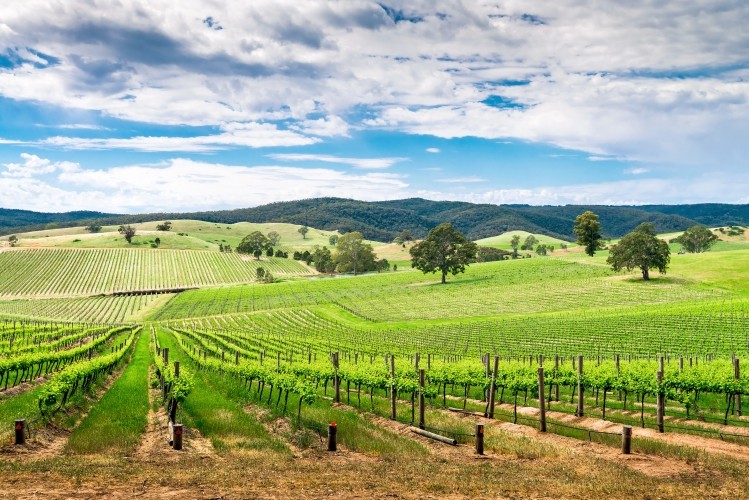Australia invests $5.3m in R&D projects on Shiraz terroir

Shiraz is the predominant variety in Australia, accounting for 26% of vineyard area in the country. The country’s Shiraz vines are also the oldest in the world, says Wine Australia.
Australia is on a mission to improve international recognition of its wines and their quality, helping to increase demand and price paid. In exports, 40% of wines valued at more than $10 per liter FOB are Shiraz.
Figures from 2016 show the value of Australia’s wine exports grew by 11% over the year, driven by bottled exports at higher price points. Australia’s top export markets – US, China, UK, Canada and Hong Kong – all show demand for fine wines.
Terroir and premium prices
Dr Brian Croser AO, deputy chair, Wine Australia, said, “We already know that unique Australian terroirs exist and that climate, topography, soil chemistry and soil physical properties are the most important factors contributing to the differences between wines from different sites.
“What these projects seek to do is to understand how these environmental signals translate into physiological changes in grapevines that result in changes in berry composition and in turn result in the expression of terroir in wines.
“When we understand how these environmental signals work, we can then understand how winegrowers can refine the expression of terroir and uniqueness in their vineyards, so that they can produce wines that express their unique terroir with greater confidence and obtain the premium such wines warrant.”
The research projects will be run by the University of Adelaide (South Australia), the Commonwealth Scientific and Industrial Research Organisation, the National Wine and Grape Industry Centre (NWGIC), South Australian Research and Development Institute and the Australian Wine Research Institute.
For example, a project at the NWIGIC will look at correlations between sensory properties of Shiraz wines, the chemical profiles, and climatic regions from which the grapes were sourced.
Meanwhile, a project at the University of Adelaide will run a vineyard terroir project to determine marker compounds and chemical profiles of Shiraz wines, seeking to understand how vines respond to express terroir.











